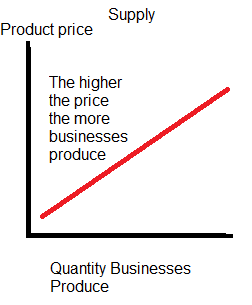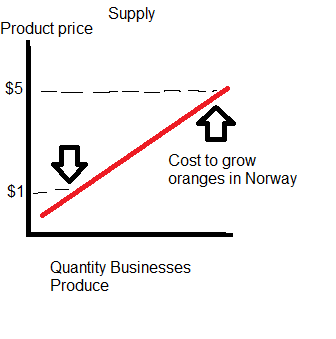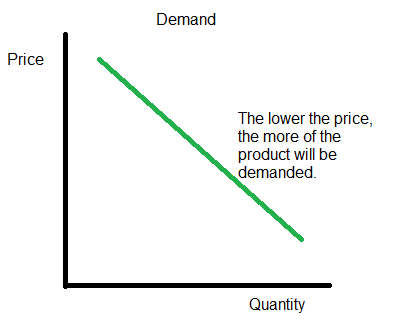What Are Supply and Demand?
Episode #1 of the course Fundamentals of economics by Dr. Michael McDonald
Hi, I’m Michael McDonald, a professor of finance and economics at Fairfield University in Connecticut. Prior to becoming a professor, I worked in financial services. Over the next ten lessons, I would like to help you learn how economics works and how it impacts the economy and the business world.
Economics, sometimes called the dismal science, is an area that lives up to its name. For many people, the subject is one of the most tedious and confusing in the business world. Unfortunately, economics is also a crucial part of modern life, as it helps determine everything from the price we pay for anything we buy to the stability of the job we work at.
The most important concepts in all of economics are those of supply and demand. So, let’s begin our journey with exploring their fundamentals.
How Does Supply Work?
Supply refers to the idea of how much of a product businesses and people will make for sale. The supply of a product is determined primarily by how much it sells for in comparison to how much it costs to make. If a product sells for more than it costs to make, then businesses can make a profit producing it. Under these circumstances, businesses will supply more and more product to the market.
In standard economics, we assume that supply curves are upward sloping. That means when the price of a product is lower, very few companies will produce it.

Think about oranges, for instance. Few areas of the world have the right climate to grow oranges naturally in the soil. Florida and Spain are examples of this. Canada and Norway can also grow oranges—if they build heated, glass-enclosed greenhouses to control the temperature and install special lights to provide the orange trees with enough light. All that costs money. Companies in Florida and Spain would be willing to supply oranges if prices are low, but prices have to be much higher before companies in Canada and Norway will grow them.

How Does Demand Work?
Demand is the other side of the coin. It is the amount of a product that will be bought by consumers based on its price. Demand curves slope down just as supply curves slope up. In other words, when prices are cheaper, people will buy more of any product. For example, if oranges cost five cents each, many people will eat them with every meal. But if they cost $10, only a few people will eat them regularly. The important point to remember is that the lower the price of any product, the greater the quantity demanded.

That’s all for today. In the next lesson, we will look at how supply and demand work together to set prices in the economy.
Recommended book
Principles of Economics by N. Gregory Mankiw
Share with friends

